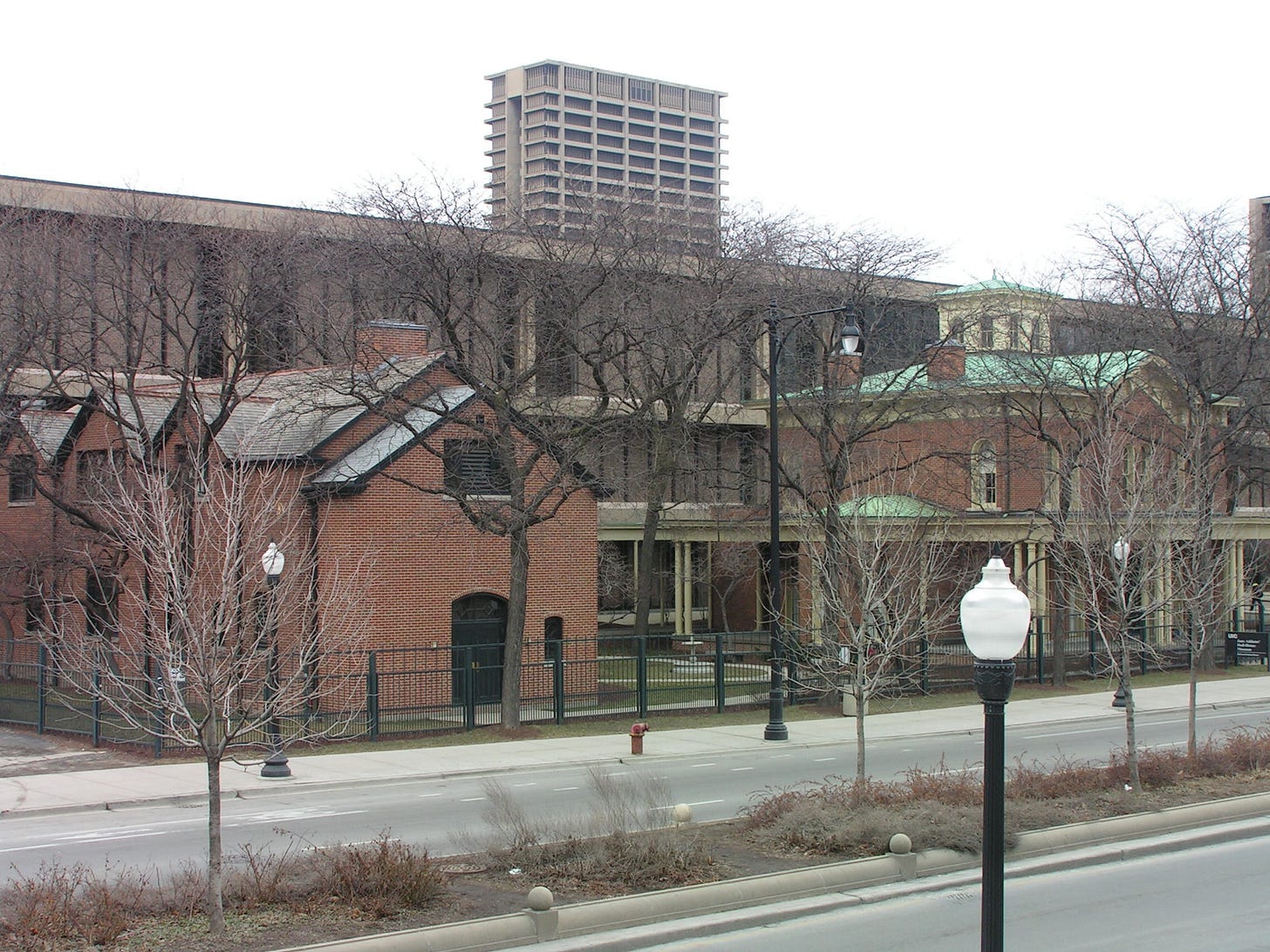Maintaining migrants’ cultural and racial identities
Early American settlements
Encouraging migrants to maintain their cultural, faith and social identities, and building cultural pluralism, has a long history in social work, and still affects debates on racism now.
The American settlement movement was among the first in adopting such a policy because, in settlements, migrant peoples descended from the original colonial migration in the seventeenth century and earlier were actually living with the new migrants of the late nineteenth and early twentieth centuries (White, 1959).
At the beginning of the twentieth century, according to White’s paper, political debate was mainly around melting pot and restrictionist views. ‘Melting pot’ views proposed that migrants should be assimilated into a single ‘American’ cultural identity. Restrictionists aimed to limit migration to avoid diluting the American cultural identity already built up. Just like now, then, some people valued the social richness that migration endows societies with, while others just wanted to keep everybody new out.
The social work pioneer, Jane Addams, based at Chicago’s Hull House settlement, living among Polish and other central European migrants, was part of a more open social movement. You can still visit the original home base of the settlement and see how it was positioned in an area where many new migrants lived, then many Polish people. I was there in winter, so my photo shows a fairly bleak view in its University of Illinois surroundings. Many other settlement workers shared similar experiences and sought to conserve multiple cultural, intellectual and social heritages. To them, these would contribute to the richness of American life.
And although the original mansion now looks fairly small scale, early maps show it occupied buildings covering a wide area.
So current debate about recognising and valuing cultural heritage is not new. But what is new is understanding that it is not all about culture, but also about how political power has been infected by a history of racial stereotyping that contributes to daily oppression.
White, G. C. (1959). Social settlements and immigrant neighbors, 1886-1914. Social Service Review, 33(1): 55-66.





